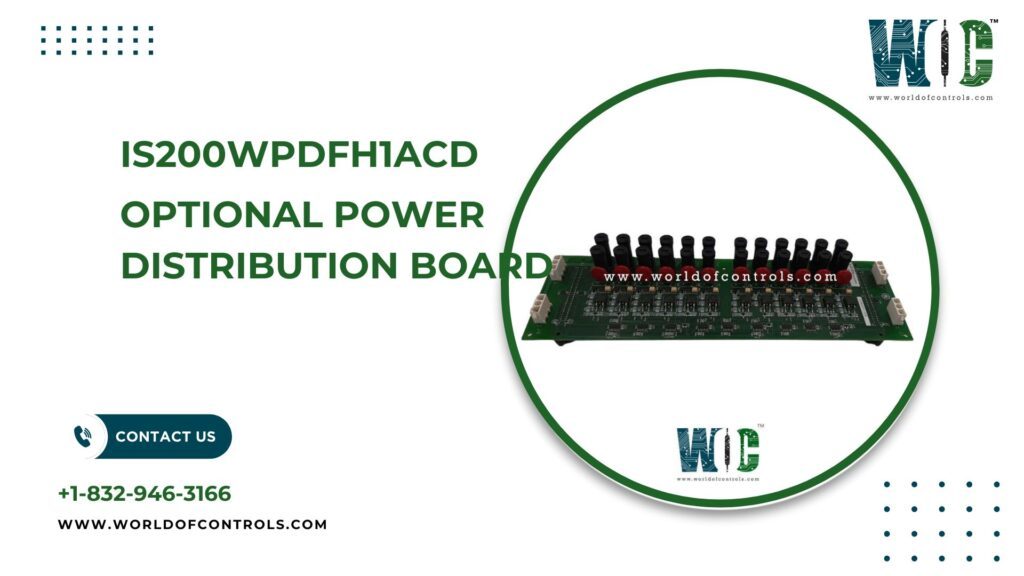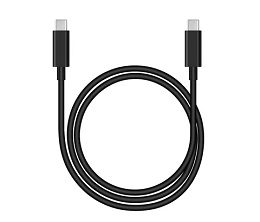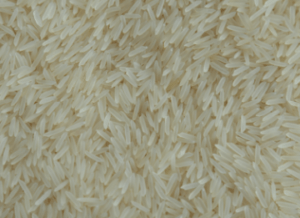In modern industrial control systems, power management is more than just a necessity—it’s a cornerstone of system reliability, efficiency, and safety. Among the various components that ensure stable operation, Optional Power Distribution Boards (PDBs) play a crucial but often understated role. These boards offer enhanced flexibility and control over how power is routed within a system, supporting scalability, redundancy, and simplified maintenance.
What Are Optional Power Distribution Boards?
Optional Power Distribution Boards are supplementary components designed to extend or enhance the core power distribution within control systems. Unlike main PDBs that handle primary power supply functions, optional boards are used to customize or expand the power delivery for specific modules or subsystems.
They provide controlled and protected power distribution to peripheral devices, such as I/O modules, controllers, communication units, and human-machine interfaces. These boards often come equipped with protective elements like fuses and circuit breakers, as well as status indicators for real-time monitoring.
Functionality in Industrial Environments
In control systems—particularly those used in power generation, oil and gas, and manufacturing—power needs can vary based on the complexity and scale of operations. Optional PDBs help engineers manage these needs by offering:
- Dedicated low-voltage distribution (e.g., 28V DC)
- Built-in overcurrent protection
- Status LEDs for quick diagnostics
- Modular connections for easy integration
These features support flexible system design and ensure that power is reliably delivered where it’s needed most.
Benefits of Using Optional PDBs
- Improved System Flexibility
One of the primary advantages of optional PDBs is their ability to enhance system adaptability. They make it easy to add or remove components without reconfiguring the entire power infrastructure. This is especially beneficial in systems where equipment is frequently upgraded or replaced.
- Better Fault Isolation
Optional boards help isolate faults by compartmentalizing power delivery. If a fault occurs in one area, it won’t cascade through the entire system. This containment improves uptime and makes troubleshooting more efficient.
- Simplified Maintenance and Monitoring
With features like fuse monitoring and LED indicators, these boards offer maintenance teams quick visual cues on system status. This reduces the time spent diagnosing issues and enables quicker repairs, which is critical in environments where downtime is costly.
- Enhanced Safety and Redundancy
In high-stakes control systems, safety and redundancy are non-negotiable. Optional PDBs allow for redundant power paths and fail-safe configurations, ensuring continued operation even in the event of a primary power failure.
Common Use Cases
Optional Power Distribution Boards are widely used in sectors that require high reliability and customization, including:
- Gas and Steam Turbine Control Systems
- Automated Manufacturing Lines
- SCADA and DCS Systems
- Substation Automation
In these settings, optional PDBs often distribute power to auxiliary modules or backup systems, enabling more robust and modular system architectures.
Installation and Integration Tips
While integrating optional PDBs, it’s important to consider compatibility with system voltage levels and connector types. Ensuring proper thermal management and ventilation is also essential to prevent overheating.
Proper labeling and documentation during installation will help maintenance teams easily identify connections and fuse ratings, further streamlining future service and troubleshooting efforts.
Final Thoughts
Optional Power Distribution Boards may not always be the focal point of a control system, but their impact on overall performance, reliability, and maintainability is significant. By providing targeted, protected power delivery and enabling modularity, they allow control systems to evolve and adapt to changing operational demands.
Whether you’re upgrading an existing setup or designing a new system, incorporating optional PDBs is a smart strategy for ensuring long-term efficiency and resilience in industrial environments.












